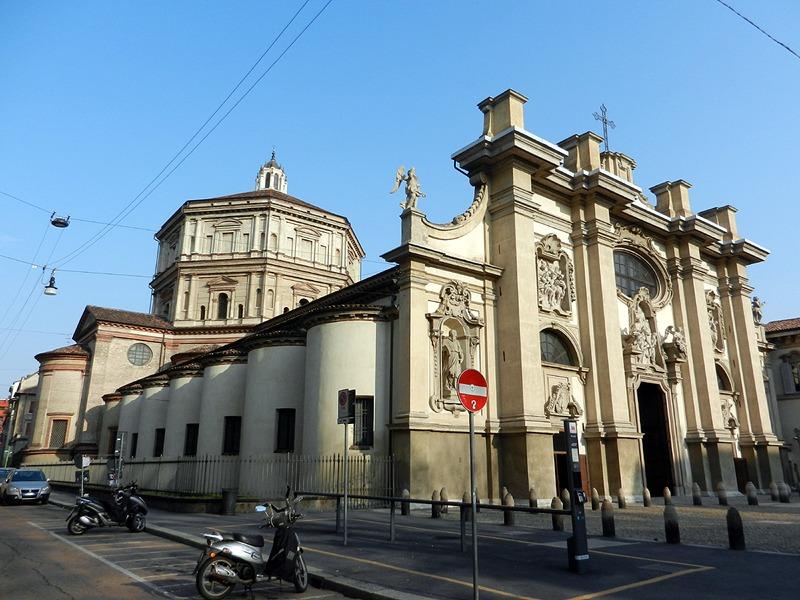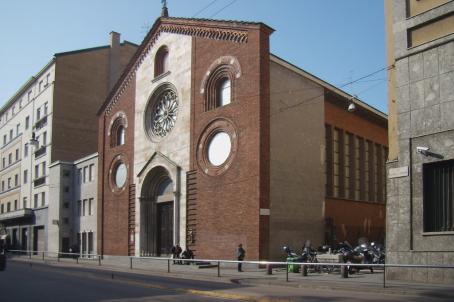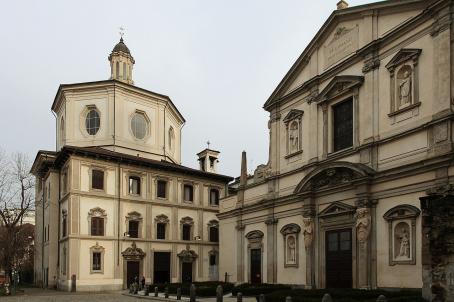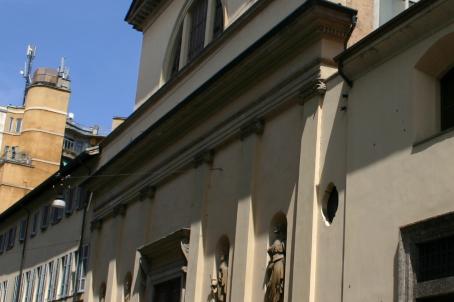Chiesa di Santa Maria della Passione

The church of Santa Maria della Passione dates from 1486. The original plan, an octagonal lantern with eight connected chapels, may have been designed by Giovanni Antonio Amadeo but built by Giovanni Battagio. It was therefore centralised, as in many Marian sanctuaries in Renaissance Lombardy. In 1573, at the request of Carlo Borromeo, the building was transformed into a longitudinal layout, more suitable for preaching. The naves were added by Martino Bassi and the baroque façade (17th century).





